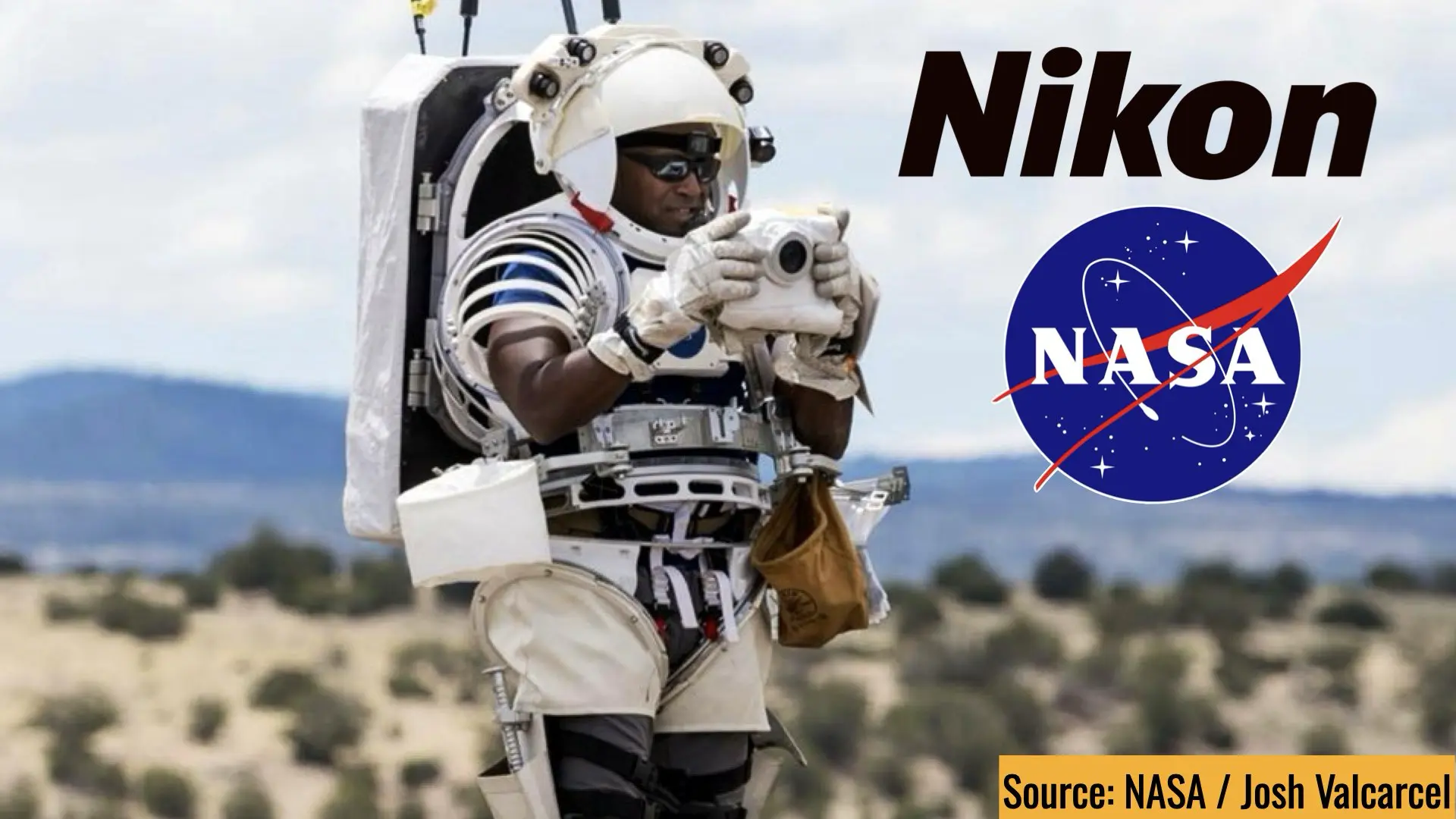fcotterill
Well-known member
".... 13 Z 9s, a total of more than 15 NIKKOR Z lenses, including super-telephoto and micro lenses, and 15 FTZ II adapters..... "
" While the camera is physically the same, Nikon engineers worked directly with NASA to create a custom dedicated firmware to better serve the astronauts and the environment in space. This includes expanding noise reduction to faster shutters speeds to account for the constant bombardment of cosmic radiation that the crew and gear are subject to about the space station. Additional changes have been made to the file naming sequence, as well as default settings and controls that are optimized for life aboard the orbiting laboratory and when enclosed in the protective covering for exterior missions. Changes have also been made to the in-camera FTP and transfer protocol to simplify the astronaut's workflow, increase efficiency and reduce power consumption when sending images from space to Earth."
Last edited:



